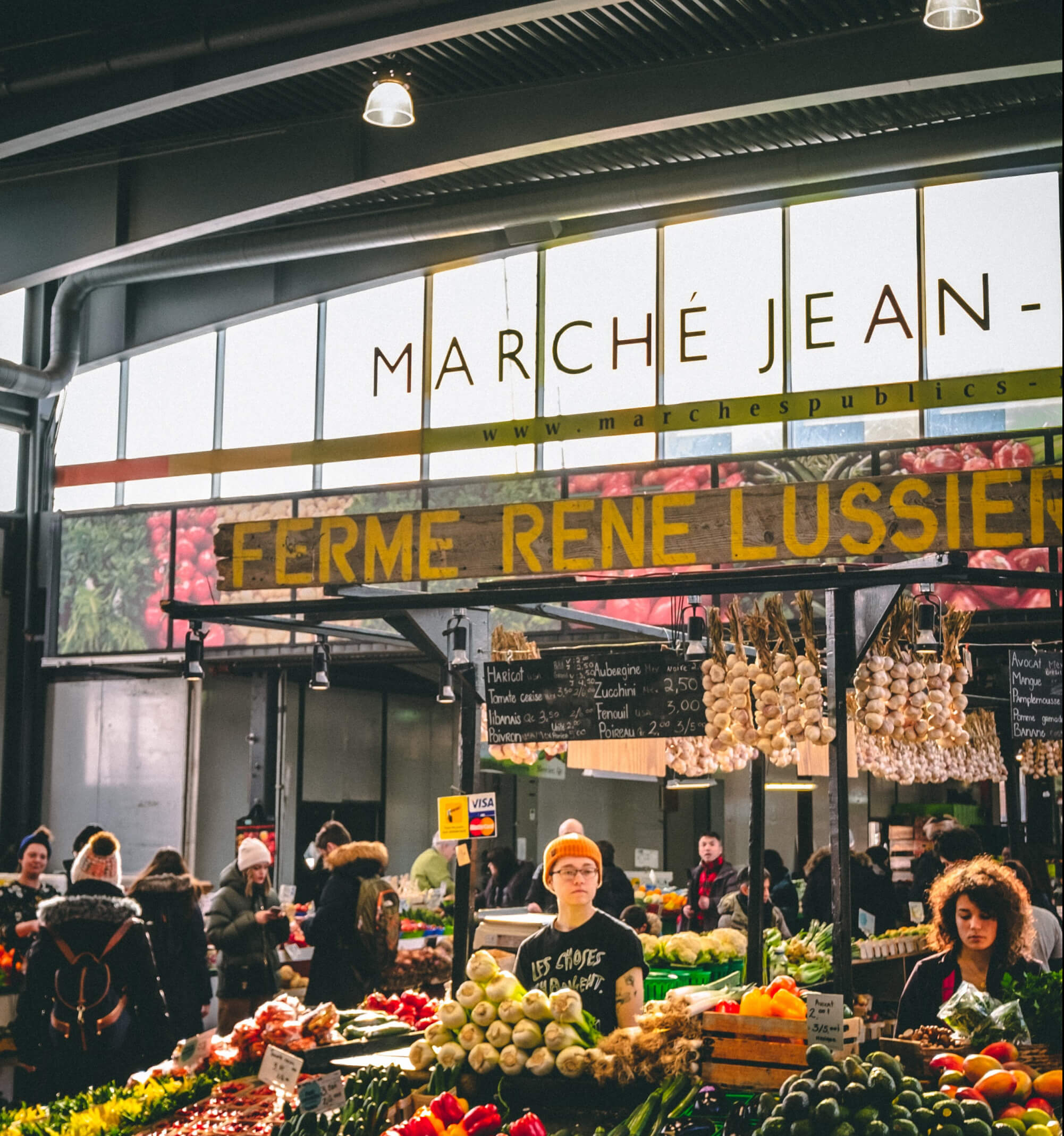Urban Planning Project

At a Glance
Discipline
- Social sciences
Instructional Level
- College & CEGEP
Course
- Advanced Topics: Sociology of Food & Environment 387-401-DW
Tasks in Workflow
Social Plane(s)
- Individual
- Group
- Whole Class
Type of Tasks
- Collecting & seeking information
- Discussing
- Analyzing
- Reviewing & assessing peers
- Creating & designing
- Revising & improving
- Reading
- Presenting
Technical Details
Useful Technologies
- Online Collaborative Canvas; Google Forms
Class size
- Small (20-49)
Time
- Part of a semester (4-6 weeks)
Instructional Purpose
- Application & knowledge building
- Exploration & inquiry
Overview
In this activity, students prepare before class with readings and course material that provide the context. For the applied component, a lot of the group work is allowed to be done during scheduled class time. Any remaining work is to be completed outside of class. The length of the activity, which includes two group projects, extends over 5 classes.
Students start off with a short assignment in the first class to introduce them to the city and its neighborhoods. For their first project they select a neighborhood that interests them and develop a deep understanding of that particular area. Students are also reading about food systems and getting to know its components. So, they map out the food system in their chosen neighborhood by looking at the geographical distribution of resources and the food system’s research and literature. To better understand the context of that neighbourhood, students add data, (i.e. median income and social demographics) and information from a variety of sources to the neighborhood map.
In the second project, students come up with a plan to improve the food system locally to meet the needs of the residents of that neighborhood. They decide who would need to be at the table to make decisions for governance, determine what the major organizations are in that neighborhood, and develop a plan to improve the food system and policy.
This activity has multiple aims and purposes. First, it gives students a chance to explore the community in which they live and understand their urban environment better. Second, they are able to use statistics and other information to make sense of the urban environment. Third, they apply frameworks associated with policy and planning (i.e. a municipal food plan) to the urban environment (i.e. the neighborhood), by considering what a plan would look like in the assigned area.
The value of this activity is that students focus not only on understanding the material but to applying it to a real life situation. Another value for students is that they can make sense of the urban environment and how it fits into theory as it’s applied to real life situations.
Instructional Objectives
Students will be able to:
- Summarize the urban environment of a Montreal community
- Use statistics and data to describe the social demographics of the community
- Apply policy and planning frameworks to the community
Workflow & Materials

Activity Workflow
Applied Strategies
Published: 24/11/2020
Copyright: © 2025 Aunio. This is an open-access article distributed under the terms of the Creative Commons Attribution License (CC BY). The use, distribution or reproduction in other forums is permitted, provided the original author(s) and the copyright owner(s) are credited and that the original publication on this website is cited, in accordance with accepted academic practice. No use, distribution or reproduction is permitted which does not comply with these terms.

